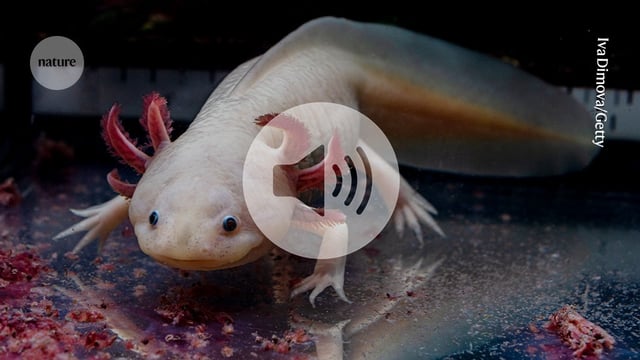Overview
- The implant’s ultrathin, tissue-like mesh integrates with the tadpole embryo’s neural plate to track brain formation from an early stage.
- It is fabricated from a fluorinated elastomer called perfluoropolyether-dimethacrylate that mimics the softness and flexibility of biological tissue.
- In live tests, the device recorded electrical signals from individual neurons with millisecond precision while leaving embryonic growth and behavior unaffected.
- Researchers developed new electronic materials and implantation techniques to accommodate tadpole embryos, which are softer than human stem cell–derived tissue.
- By enabling continuous observation of early neural activity, the technology could shed light on the origins of disorders such as autism, bipolar disorder and schizophrenia.


